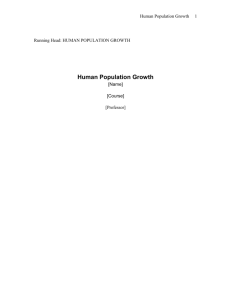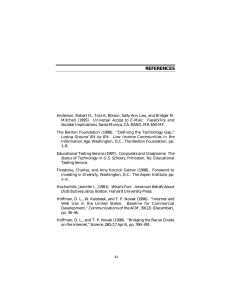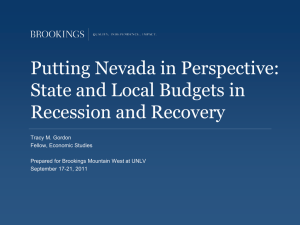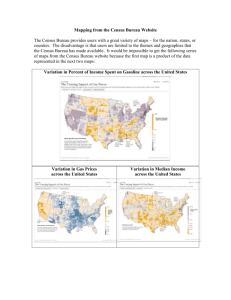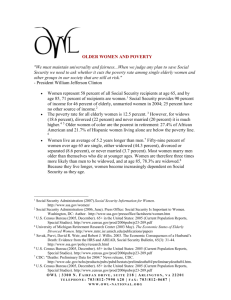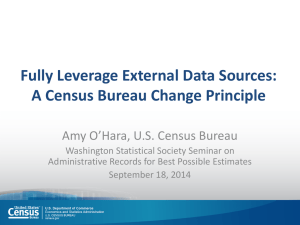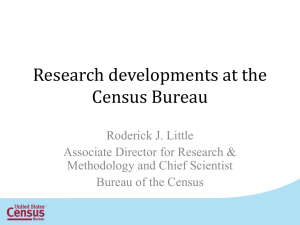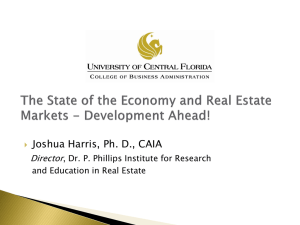December 2 - Community Service Council of Greater Tulsa
advertisement
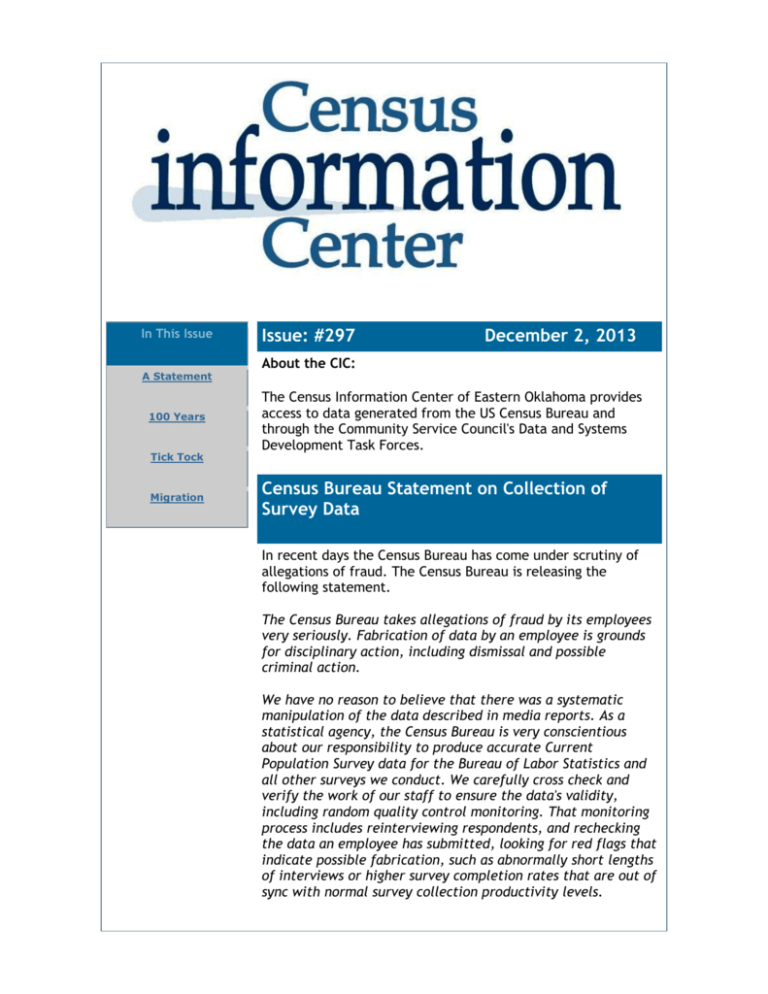
In This Issue A Statement 100 Years Tick Tock Migration Issue: #297 December 2, 2013 About the CIC: The Census Information Center of Eastern Oklahoma provides access to data generated from the US Census Bureau and through the Community Service Council's Data and Systems Development Task Forces. Census Bureau Statement on Collection of Survey Data In recent days the Census Bureau has come under scrutiny of allegations of fraud. The Census Bureau is releasing the following statement. The Census Bureau takes allegations of fraud by its employees very seriously. Fabrication of data by an employee is grounds for disciplinary action, including dismissal and possible criminal action. We have no reason to believe that there was a systematic manipulation of the data described in media reports. As a statistical agency, the Census Bureau is very conscientious about our responsibility to produce accurate Current Population Survey data for the Bureau of Labor Statistics and all other surveys we conduct. We carefully cross check and verify the work of our staff to ensure the data's validity, including random quality control monitoring. That monitoring process includes reinterviewing respondents, and rechecking the data an employee has submitted, looking for red flags that indicate possible fabrication, such as abnormally short lengths of interviews or higher survey completion rates that are out of sync with normal survey collection productivity levels. That is why when we learned of the allegations of fabricated Current Population survey results, we immediately reported them to the Office of the Inspector General. A Century of Population Change by Age and Sex A century of population change is shown so that population shifts in the shape of the pyramid can be more easily assessed at each point in time. The shape of the pyramid can give important information about the population's composition. For example, the shapes of the pyramids over the latter part of the 20th century are more typical of developed countries: these feature a broad base with a middle section of nearly the same dimension that then gradually taper off at the oldest ages to a point at the top. The lopsided point at the top of the pyramid indicates differences in the number of males and females at older ages. This is a result of differences in mortality for men and women, where women tend to live longer than men. The Baby Boomer population can be seen in the pyramid as a bulge lasting from 1946 to 1964. The Baby Boom includes people born from mid-1946 to 1964. The Baby Boom is distinguished by a dramatic increase in birth rates following World War II and constitutes one of the largest generations in U.S. history. Data Visualization Population Clock Explore and share the Census Bureau's new interactive population clock, now with real-time population projections and interactive data tools. Click here. Migration Flows in the United States Approximately 7.1 million Americans moved to another state in 2012. That's over 2.2% of the U.S. population. The United States has a long history of people picking up and moving their families to other parts of the country, in search of better livelihoods. That same spirit of mobility, a willingness to uproot oneself, seems alive and well today based on the visualization of migration patterns above. The visualization is a circle cut up into arcs, the light-colored pieces along the edge of the circle, each one representing a state. The arcs are connected to each other by links, and each link represents the flow of people between two states. States with longer arcs exchange people with more states (California and New York, for example, have larger arcs). Links are thicker when there are relatively more people moving between two states. The color of each link is determined by the state that contributes the most migrants, so for example, the link between California and Texas is blue rather than orange, because California sent over 62,000 people to Texas, while Texas only sent about 43,000 people to California. Interactive Disclaimer Links to non-Federal and Federal organizations are provided solely as a service to our users. These links do not constitute an endorsement of these organizations or their programs by the Community Service Council of Greater Tulsa or the Federal Government, and none should be inferred. The Community Service Council is not responsible for the content of the individual organization Web pages found at these links. Until Next Week, Jan Figart Census Information Center Click here for one QRC code resource. Community Service Council | 16 East 16th Street, Suite 202 | Tulsa | OK | 74119


